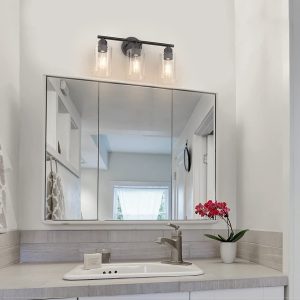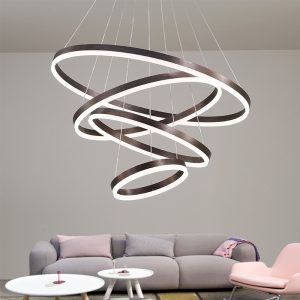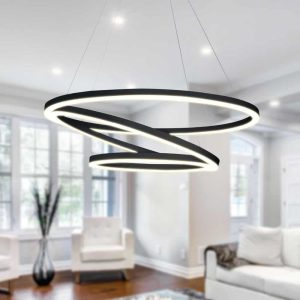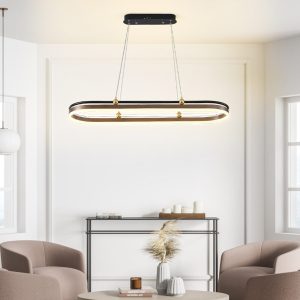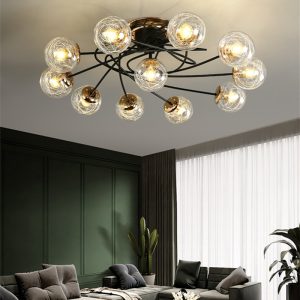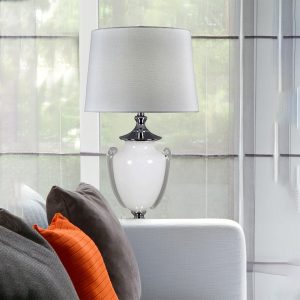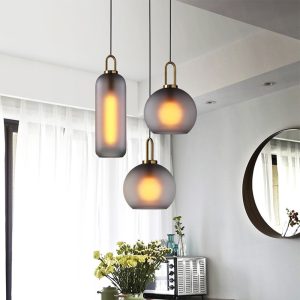Introduction
E track fittings are an essential component of cargo control systems for trucks, trailers, and other freight transportation vehicles. These versatile fittings comprise a horizontal track with vertical slots that accommodate anchor points, tie-down straps, and other accessories. E track fittings offer a secure and flexible method of securing a wide range of cargoes, including pallets, vehicles, and equipment.
In this comprehensive guide, we will explore the various types and uses of E track fittings, their advantages and disadvantages, installation methods, and maintenance practices. Whether you are a trucker, a fleet manager, or a logistics professional, this guide will help you unlock the full potential of E track fittings.
Types of E Track Fittings
There are several types of E track fittings, including horizontal, vertical, and mini track fittings. The horizontal E track fitting is the most common and is designed to be mounted on the floor or walls of a trailer or truck bed. Vertical E track fittings, on the other hand, are mounted on the walls of the cargo compartment and are ideal for securing sideways loads.
Mini track fittings are a smaller version of the horizontal track, and they are suitable for lighter loads and smaller cargo spaces. Mini track fittings can be mounted on the walls, floor, or ceiling of the cargo compartment.
Uses of E Track Fittings
E track fittings can be used to secure a wide range of cargoes, including pallets, vehicles, and equipment. They are also used to secure motorcycles, ATVs, and other recreational vehicles during transportation. E track fittings offer a flexible and secure method of cargo control, allowing you to adjust and reposition your cargo as needed while maintaining a high level of security.
Advantages of E Track Fittings
One of the main advantages of E track fittings is their versatility. They can be used to secure a wide range of cargoes, and their adjustability and repositioning capabilities allow you to more efficiently use the available space in your cargo area.
Another advantage of E track fittings is their secure and reliable performance. These fittings are designed to provide a high degree of load restraint and prevent cargo shift during transportation, reducing the risk of damage or accidents. E track fittings are also easy to install, and maintenance is relatively simple and straightforward.
Disadvantages of E Track Fittings
While E track fittings offer numerous advantages, there are some potential disadvantages to consider. One drawback is that these fittings can be relatively expensive, especially if you require a large number of them for your cargo control system. Another potential issue is that the slots on the tracks can become filled with debris, making it challenging to insert anchors or other fitting accessories.
Installation Methods
The installation process for E track fittings will depend on the type of fitting and the specific application. Horizontal E track fittings are typically attached to the floor or walls of the cargo compartment using screws or bolts. Vertical E track fittings are mounted on the walls using the same methods.
Mini track fittings can be mounted in a similar way, but they may also be installed using adhesive tape or high-strength magnets. Always make sure to follow the manufacturer’s instructions carefully when installing E track fittings to ensure that they are secure and properly aligned.
Maintenance Practices
Regular maintenance of your E track fittings is essential to ensure that they continue to perform reliably and securely. One important maintenance task is to keep the fitting slots free of debris and other obstructions. You can do this by using a small brush or compressed air to remove dirt and dust.
Another critical maintenance task is to inspect the fittings periodically for signs of wear or damage. If you notice any cracks, bends, or other issues, you should replace the fitting as soon as possible.
Conclusion
In conclusion, E track fittings offer a versatile and secure method of cargo control for trucks, trailers, and other freight transportation vehicles. By understanding the various types and uses of these fittings, their advantages and disadvantages, installation methods, and maintenance practices, you can unlock their full potential and ensure safe and efficient transportation of your cargoes.




